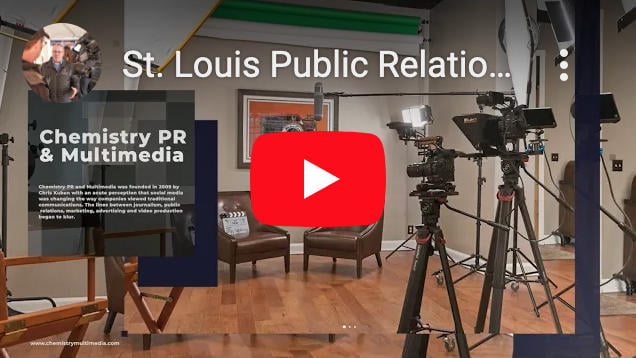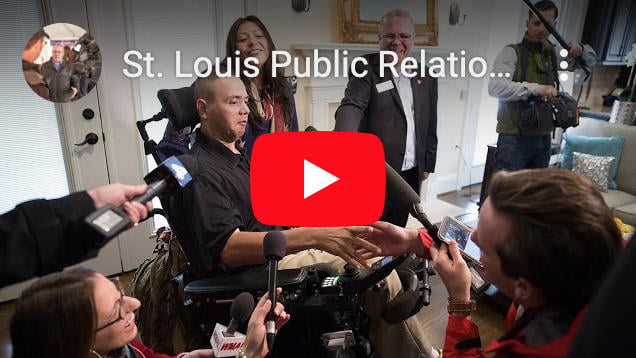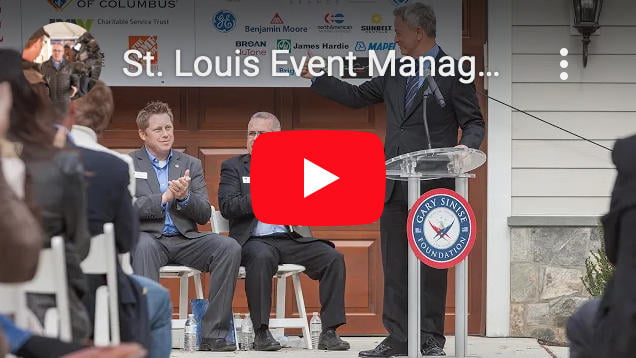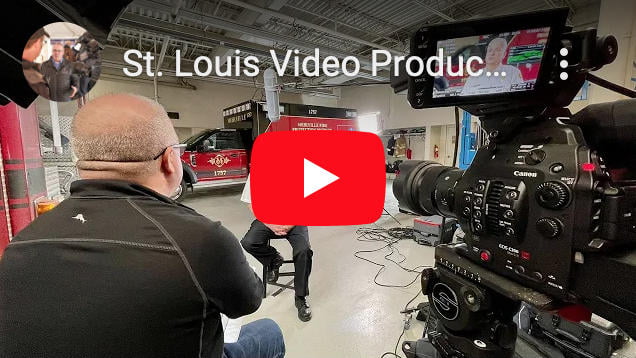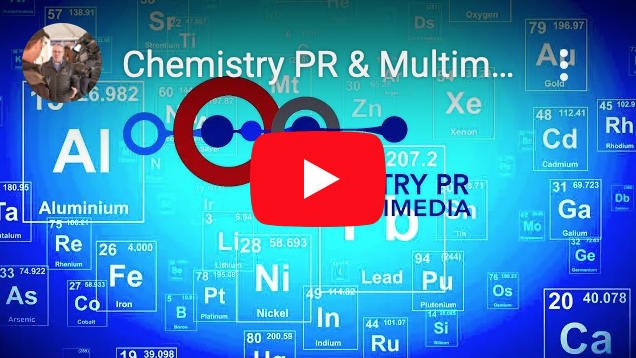Business Networking Yesterday and Today
Networking is an important part of developing business and professional relationships. How has networking changed over the years? Take a look at business networking yesterday and today.
Yesterday
Does this sound familiar at all?
| “The way a person developed trust was by how they (and in business then it was mostly men) act. A great deal was placed upon general conduct including personal integrity, keeping promises, paying debts and having a general sense of solidity and respectability. What clubs and institutions you belonged to made a further difference as they gave additional strong indication of your underlying values and concern. The codes of how one dressed and treated others were not written but became widely understood.” |
This excerpt appeared in a general Google search and the the source can’t be completely verified, but it indicates that in the days following the industrial revolution it became necessary for the more and more businesses to collaborate and expand influence. If one watches old TV shows or enjoys stories from loved ones who were in business many years ago, this is the picture one gets of yesterday’s business networking.
Pre-arranged dinner or cocktail meetings with a client or prospect. Bosses sent their best sales reps to work a deal. Again, these reps were usually men. Subsequent meetings may have included more wining and dining, sometimes accompanied by impressively dressed spouses. They absolutely included wheeling and dealing. Sure, networking then was about building relationships but the goal was to get a foot in the door and keep it there at just about any cost.
Today
Today there are business referral groups, online communities, and professional coaches that teach networking, which is ideal for those who don’t possess the skill naturally. There is also a growing number of organizations whose mission it is to encourage the kind of networking that makes the most positive impact on more than just business. Local Impact Zone (LIZ) is one of those organizations.
In a 2017 interview with Huffington Post’s Julie Barnes, Brett Labit, Founder of LIZ said, “It has been said that the key to success is to surround yourself with sharp, ambitious people and help them get what they want, and you will in turn get what you want. I believe this is true, but there is more to it. There is an ecosystem in life and business, and every individual is important. As a community, country and world, we are only as healthy as our weakest parts. By investing in those around you and influencing others to do the same, our sphere of influence grows and the culture of our sphere grows with it. I am constantly improving because of the giving, serving and caring people around me. We must be the change we want to see. If my network is healthy, chances are that I will have the opportunity to be healthy.”
Additional information about LIZ is not available at this time, the goal here is to highlight a truth about today’s image of a healthy network, and to stress the point of developing and nurturing that network.
There are lots of moving parts to networking today, and each requires attention and practice to master. The end goal of landing new and repeat business is still fundamental, but some additional parts have been added to reach that end.
Part 1: Mindset change. The business relationship is not about you or your organization. It’s about the other person and their organization, the problem they have and how you can solve it. This has probably always been the underlying theme of the sales pitch, but in the past couple of decades it has become an even more important piece of the relationship puzzle. For new business owners this can be the toughest part to master. Networking has become part of the marketing plan and new businesses are often so eager for customers they it is hard not to sell fast to everyone they meet.
Part 2: Grab attention in 6 seconds or less! This sure doesn’t fit the old wine and dine model of networking. It is also a tough one to learn because there is more here than a memorized elevator speech. Yes, an elevator speech is part of it. You can read more about this in a Chemistry PR and Multimedia guest blog called The Essence of a Great Elevator Speech. As for the 6 second rule – getting the attention of someone you want to learn more about and determine business synergies depends on getting their attention early in the relationship – even early in the first meeting.
Part 3: Be prepared to care. Caring about the problems of a person you have never met is not easy to do. It can require more than a naturally compassionate personality. It takes practice. Start with interactions with co-workers, colleagues, family and friends. Learn to ask questions that demonstrate a caring position. Listen – really listen – and recount to a person an understanding of what was said. Avoid the temptation to prepare a response before the listening phase is finished.
Today, there are so many places where networking can happen. There is no lack of networking opportunities for specific industries, interests, and business in general. Learning as much as possible about each opportunity will determine if a given setting is the place for you to meet the people you most want to work with. I’ve listed the top 5 places to do the best business networking.
Top 5 places to network:
- Chamber of Commerce. A well-structured chamber of commerce is the best place to network for great B2B connections. These organizations are dedicated to growing and encouraging business in their respective communities. They host and sponsor events designed to foster B2B and B2C relationships. The team at Chemistry PR and Multimedia recommends checking out the Fenton Area Chamber of Commerce if you are doing business in or around the Fenton, MO area.
- PRSA or industry specific organizations and associations. Industry specific organizations help members to focus on their craft and offer opportunities for great referrals. Networking in these groups works well because they create opportunities to connect with businesses best served by members of the group. Among the many resources available to members, PRSA plans and produces events that connect public relations professionals with media contacts and local corporate communications personnel. These connections produce great working relationships.
- Co-working spaces, and incubators present diverse opportunities to network. These shared spaces are often open, and encourage connections with like-minded business owners and team members. Managers of co-working spaces also host regular networking events designed to both enhance the networks of its members and to grow memberships.
- SCORE St Louis, Enterprise Bank and other businesses with an interest in the business community offer educational resources and events designed to help businesses succeed. These are good networking opportunities because attendees have a common interest in what is being taught or shared. Commonalities are the best ice breakers when developing potential business relationships.
- LinkedIn and other digital platforms. Today, digital platforms are the most popular places for networking. Business owners are more digitally connected than they are physically connected. That is the reality. This is a great way to connect with audiences globally or when face to face connecting is otherwise not feasible.
Business networking will not go out of style as long as good and long lasting business relationships continue to grow from them. Likewise, opportunities for networking grow and get better. Start with our top 5 and begin searching for even more events and opportunities to be seen and be heard in the right circles.

Kathy Barnes brings more than 15 years’ executive level administrative and marketing experience to the Chemistry PR and Multimedia team. Her skills include project management, research, writing and editing, and client representation. Kathy has worked in marketing and administrative support roles for small companies and large corporations ranging from general and specialized construction to public safety communications and engineering. Follow her on Twitter, or connect with her on LinkedIn.




